
Clay soil can be tough, but it’s full of potential!
With simple tricks like adding compost or using raised beds, you can grow beautiful plants. Clay holds water and nutrients well, so it’s perfect for gardens that need extra care. Many plants love it when you fix the texture and add organic stuff. You can make a colorful garden even if the soil feels heavy. Just need the right tools and ideas to start.
Tired of muddy feet? Clay soil can become a garden paradise!
Try vertical planters or choose tough plants like sunflowers. Raised beds let you control the soil mix and grow more. These ideas help you enjoy your space without the struggle. Learn how to turn clay into a happy home for your plants. Start today and watch your garden bloom!
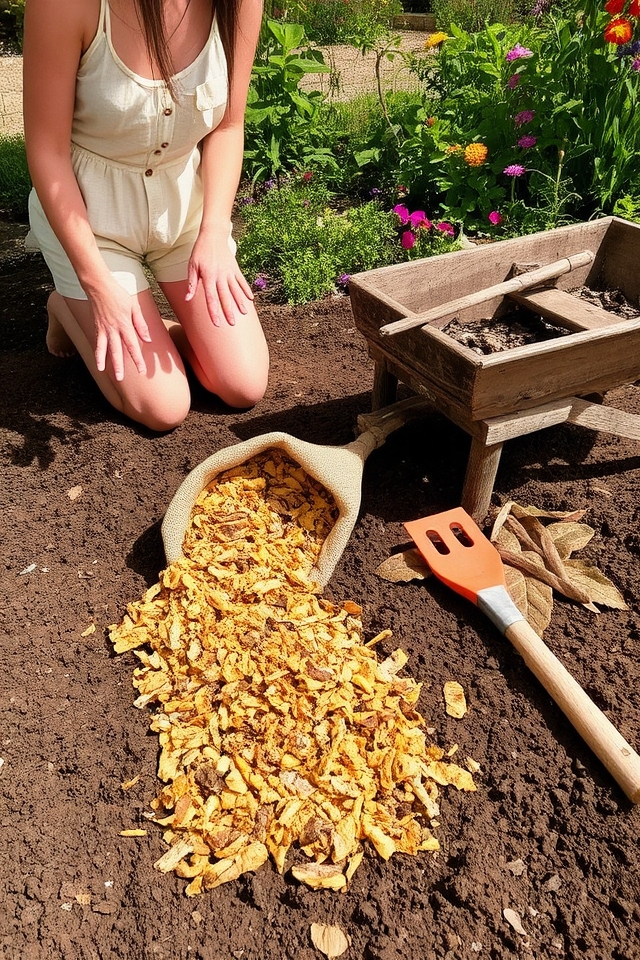
Amending clay soil with organic matter is essential for improving its structure and drainage. Incorporating materials such as compost, well-rotted manure, or leaf mold enhances soil aeration and nutrient content, making it more conducive for plant roots. As organic matter breaks down, it creates a rich environment that fosters beneficial microorganisms, further promoting healthy plant growth. Regularly adding organic matter also helps to reduce soil compactness over time, leading to a thriving garden.
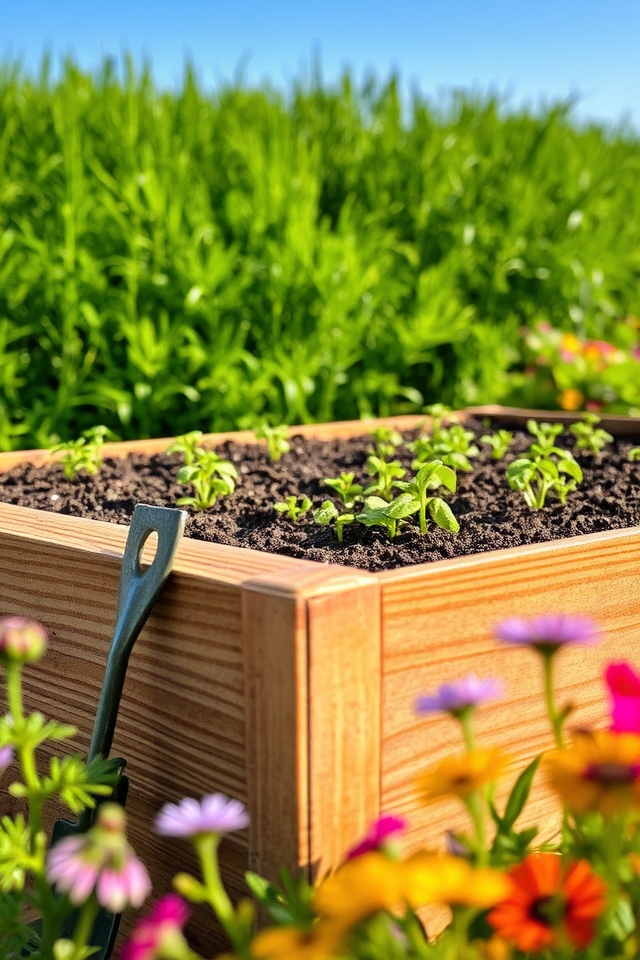
Building raised garden beds is an excellent solution for gardening in clay soil. By elevating the planting area, you can create a well-draining environment that reduces soil compaction and improves root growth. Fill the beds with a mix of quality soil, compost, and organic matter to enhance fertility and drainage. Additionally, raised beds can be tailored to your desired height, making gardening more accessible while allowing for efficient use of space in your garden.

Using native plants in your garden is an excellent strategy for thriving in clay soil. These plants have adapted to local environmental conditions, making them more resilient to the heavy, compacted earth. Native species typically require less water and maintenance, as they are already suited to the natural climate and soil composition. By incorporating native plants, you can create a vibrant, sustainable garden that harmonizes with the local ecosystem while thriving in challenging clay soil conditions.
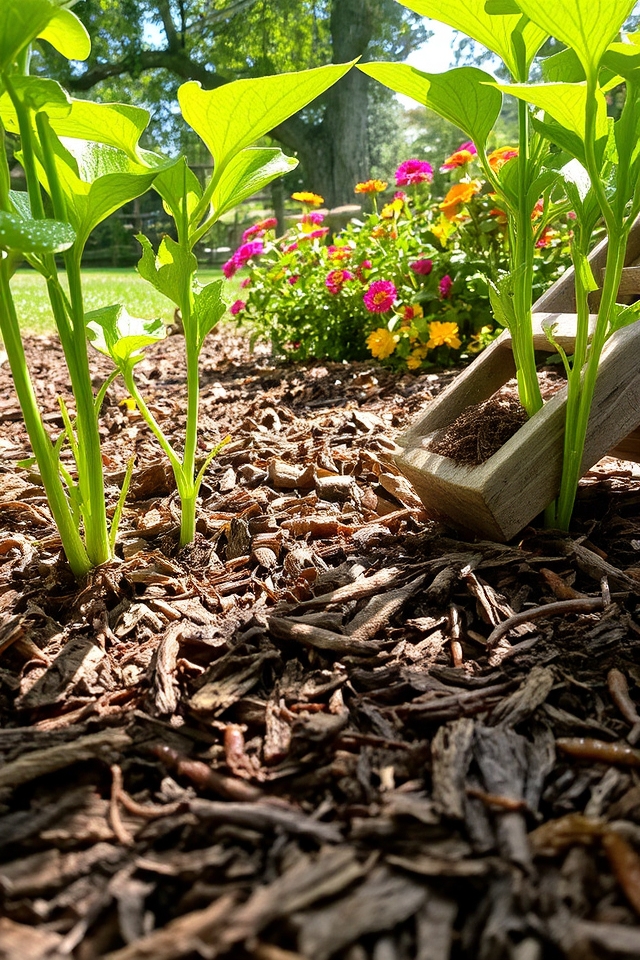
Implementing a mulching strategy is essential for improving clay soil conditions in your garden. By applying a layer of organic mulch, such as wood chips, straw, or shredded leaves, you can enhance moisture retention, suppress weeds, and steadily improve soil structure as the mulch decomposes. This natural barrier also moderates soil temperature, creating a more favorable environment for plants. Over time, the added organic matter helps break down compacted clay, promoting better drainage and root growth.
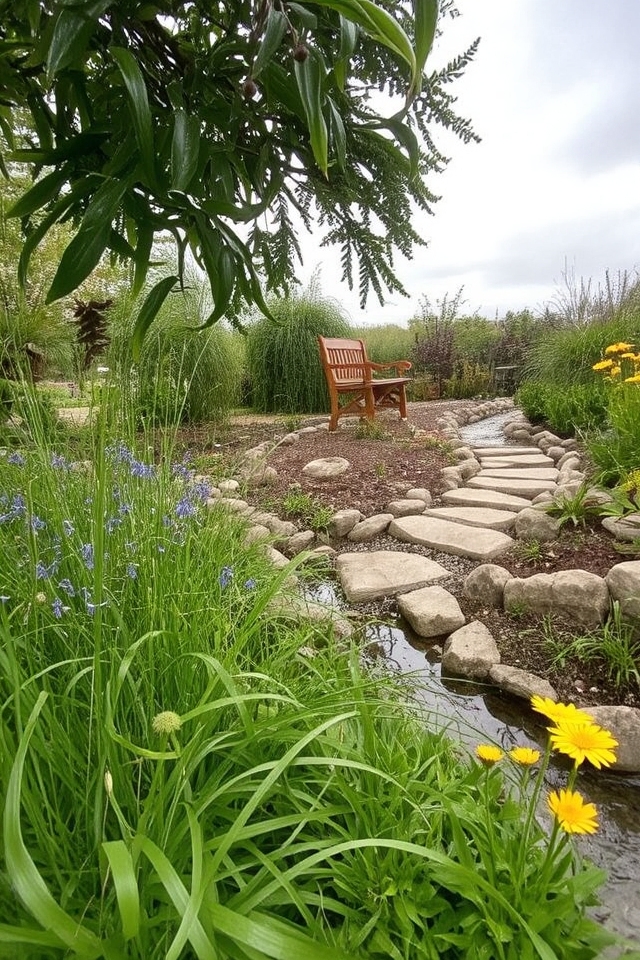
Creating a rain garden in clay soil is an excellent way to manage water drainage while beautifying your landscape. Start by selecting a low-lying area where water naturally collects. Amend the clay with organic matter, like compost, to improve drainage and soil structure. Choose native plants that thrive in wet conditions and can withstand periods of drought. This garden not only captures rainwater but also supports local wildlife and minimizes runoff, making it a sustainable addition to your yard.
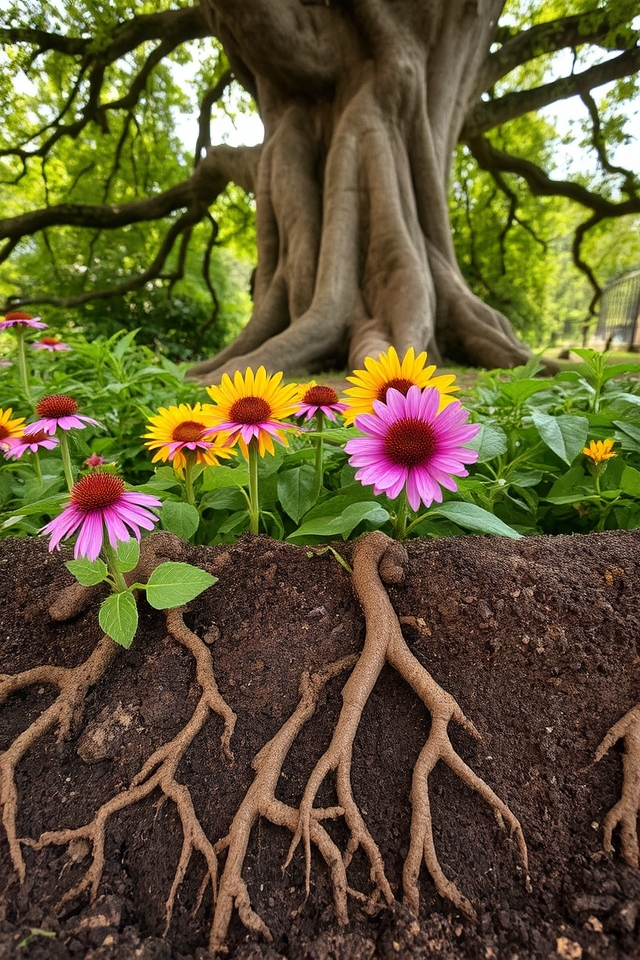
When gardening in clay soil, selecting deep-rooted plants is essential for promoting healthy growth. These plants anchor their roots deep into the ground, helping to break up compacted soil and improve drainage. Look for native perennials, trees, or shrubs with extensive root systems that can thrive in heavy, moisture-retaining clay. Additionally, their deep roots can access nutrients and water that shallower-rooted plants may miss, making them a resilient choice for your garden.
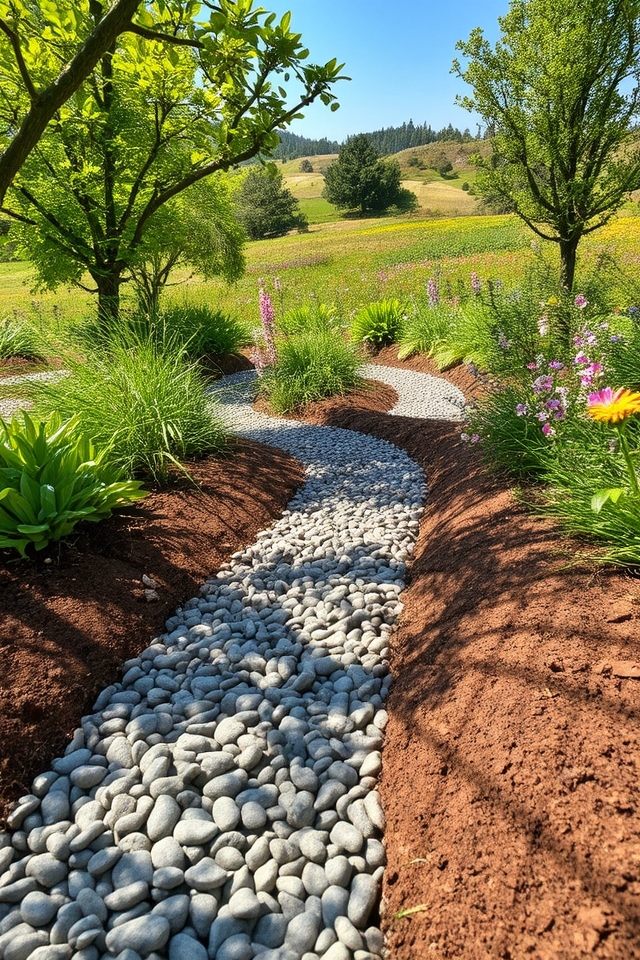
Incorporating draining channels is an effective strategy for managing clay soil in your garden. These channels redirect excess water away from plant roots, preventing waterlogged conditions that can hinder growth. To create draining channels, dig shallow trenches or use garden contours to guide rainwater towards designated areas. Adding gravel or stones can enhance drainage. This technique not only improves soil aeration but also promotes healthier plant roots, making your garden thrive despite challenging clay conditions.
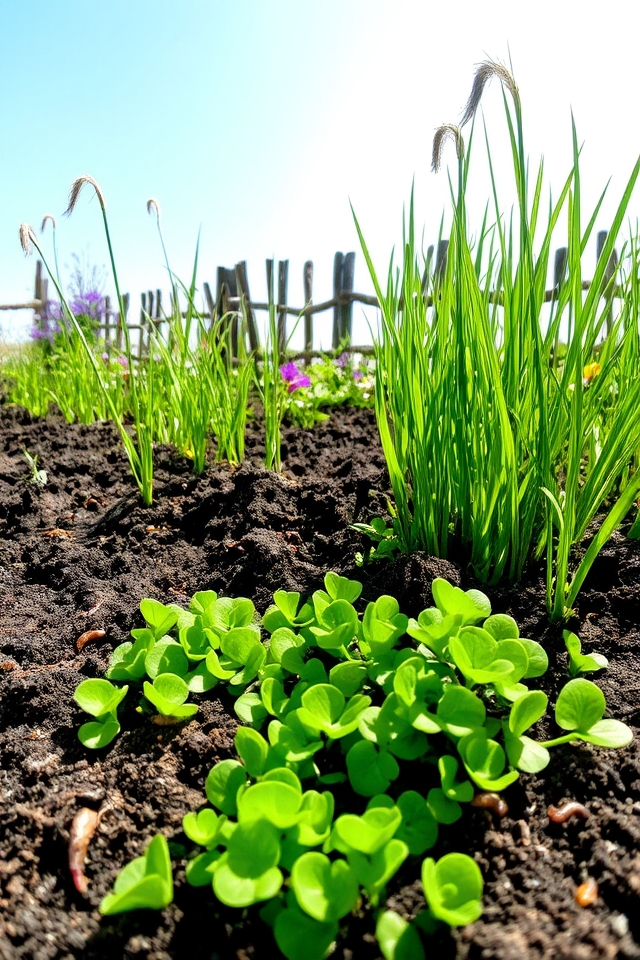
Planting cover crops is an effective strategy for improving clay soil. These crops, such as clover or rye, help enhance soil structure, promote better drainage, and reduce compaction. They also prevent erosion and suppress weeds while enriching the soil with organic matter when tilled under. By incorporating cover crops into your garden rotation, you can boost soil health and fertility, making it more conducive to growing a variety of plants in the long run.
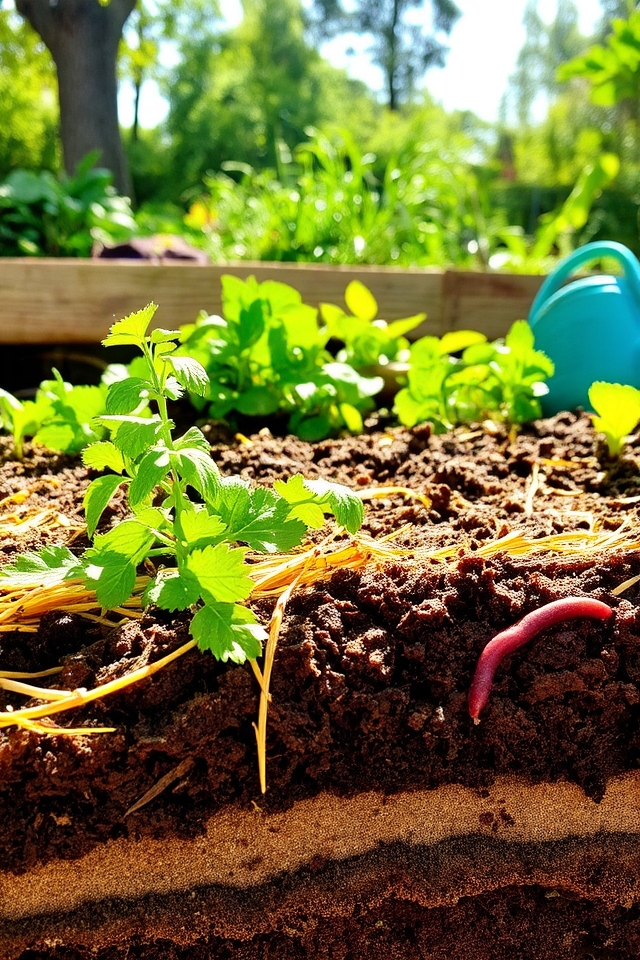
Utilizing a no-dig gardening approach is an excellent way to manage clay soil. This method involves layering organic materials such as compost, straw, and mulch directly on the soil surface, allowing beneficial microorganisms to work their magic over time. This helps improve soil structure, drainage, and aeration without the need for tilling, which can compact the clay further. No-dig gardening promotes a healthier ecosystem and encourages earthworm activity, making it an ideal solution for clay-heavy gardens.
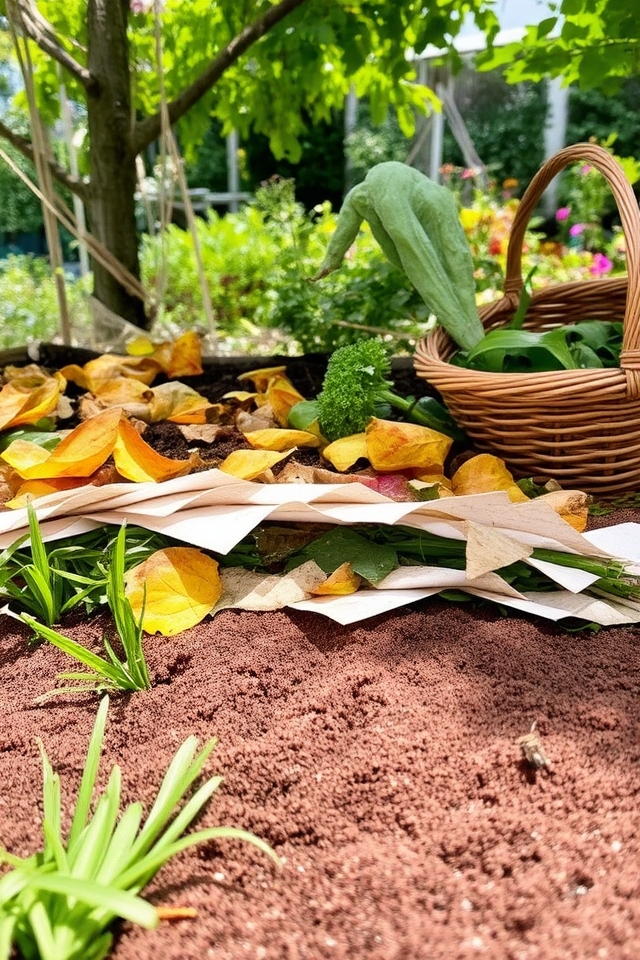
Creating a sheet compost is an excellent way to improve clay soil while enriching your garden. This method involves layering organic materials like leaves, grass clippings, and kitchen scraps directly on your garden bed. The layers should be about 2-3 inches thick, allowing microorganisms to break down the materials over time. As the compost decomposes, it adds essential nutrients to the soil, enhances drainage, and promotes better aeration, ultimately leading to healthier plants.
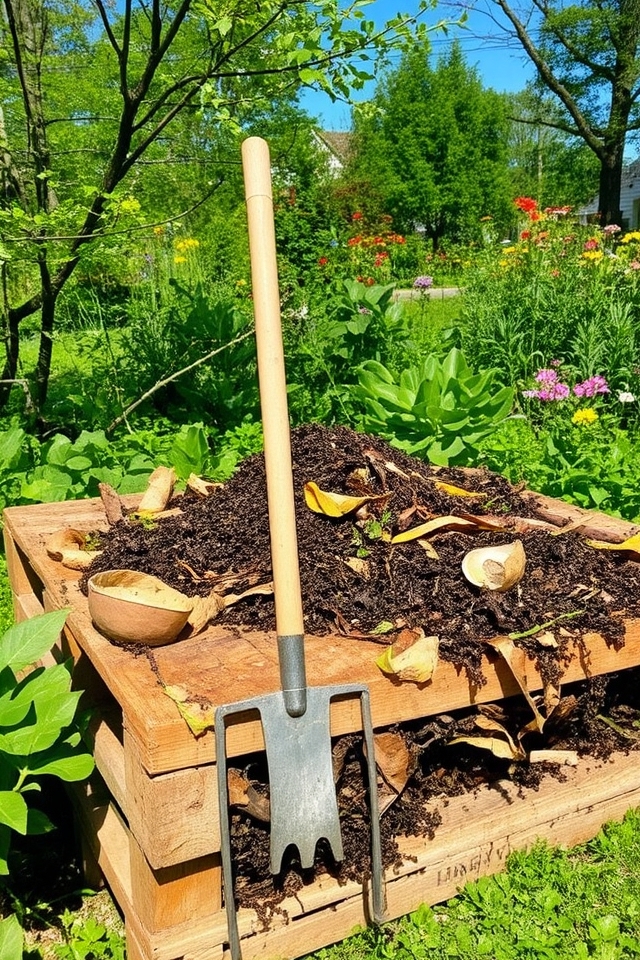
Building a compost bin is a fantastic way to enrich clay soil with organic matter, improving its structure and drainage. Choose a well-ventilated location and construct a bin using wood pallets, wire fencing, or even repurposed materials. Layer green materials (like kitchen scraps) with brown materials (such as dried leaves and cardboard) to promote decomposition. Regularly turning the compost helps aerate it, speeding up the process and producing nutrient-rich compost that enhances your garden’s health.
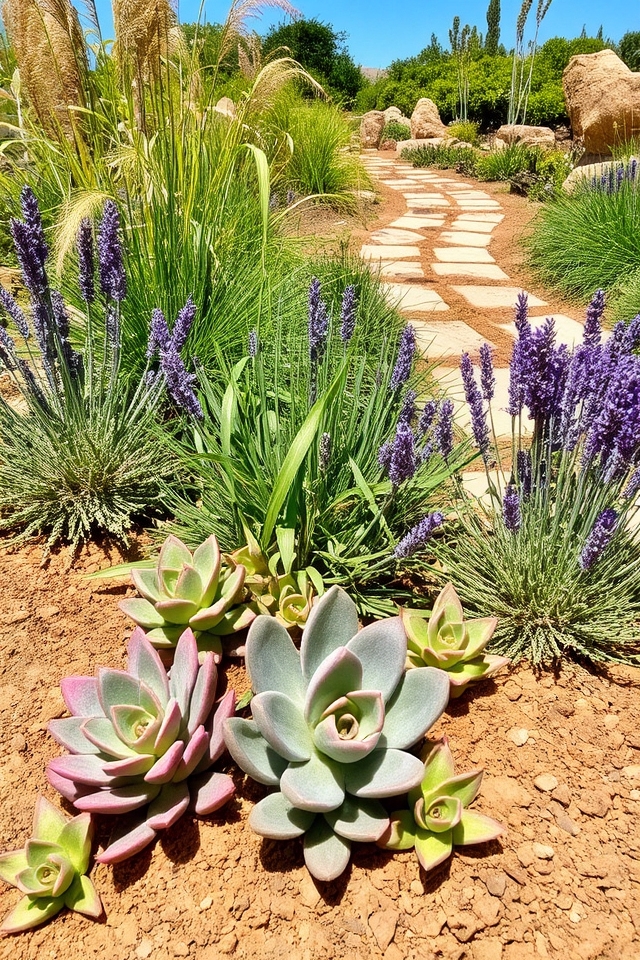
When gardening in clay soil, especially in dry climates, it’s essential to choose plants that can thrive in challenging conditions. Native drought-resistant plants like succulents, lavender, and ornamental grasses are ideal, as they have adapted to survive with minimal water. These plants often have deep root systems that help them access moisture below the surface. Incorporating these hardy options not only enhances your garden’s resilience but also creates a vibrant, low-maintenance landscape.
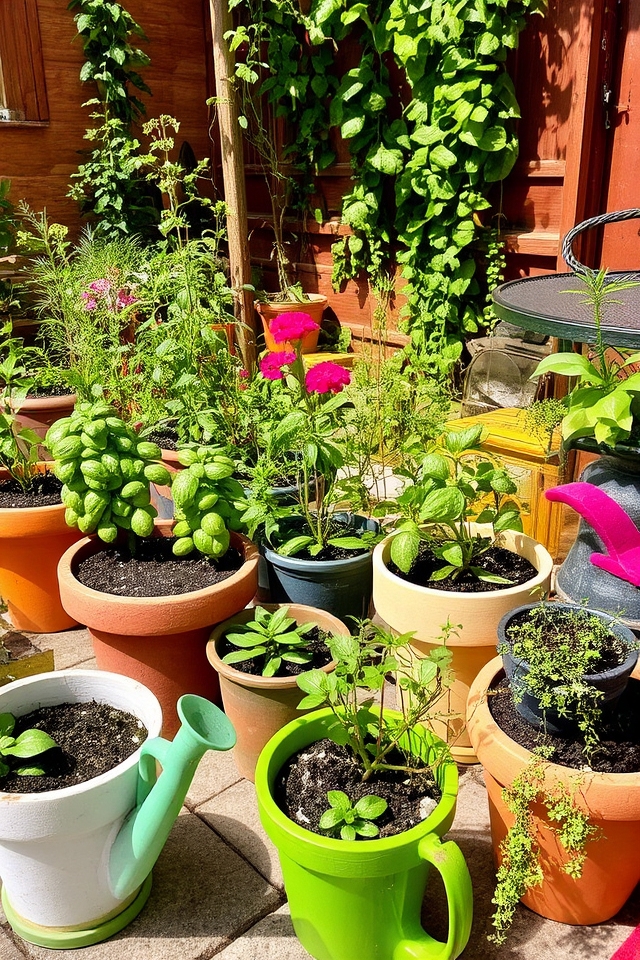
Container gardening is an excellent solution for dealing with clay soil, as it allows you to bypass the limitations of heavy, compacted earth. By using pots or raised containers, you can create a custom soil mix that promotes better drainage and aeration, ensuring that your plants thrive. Additionally, containers can be easily moved to ideal sunny spots or sheltered areas, making it easier to manage moisture levels and protect delicate plants from harsh weather.
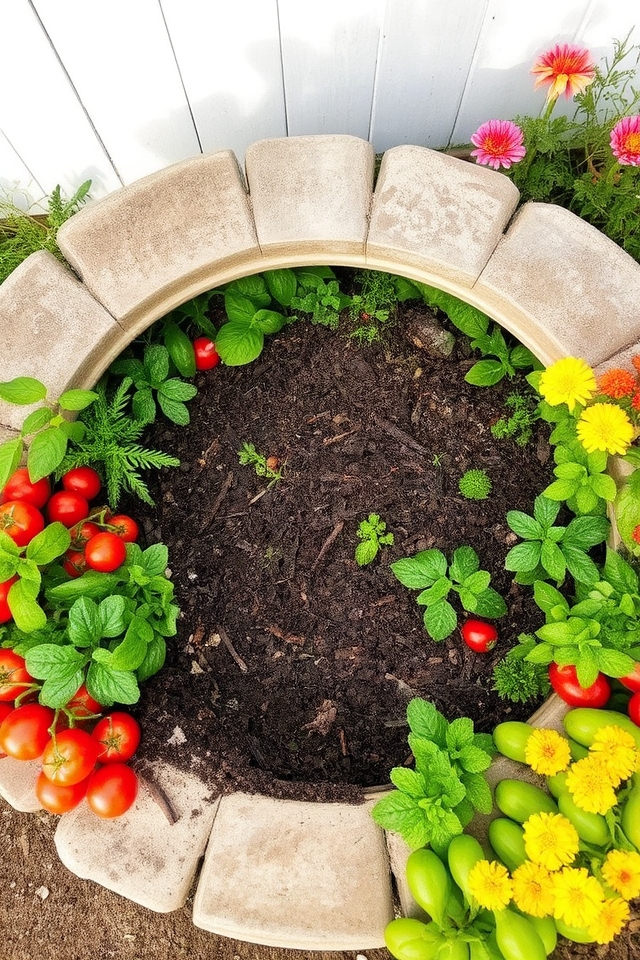
A keyhole garden is an innovative and efficient way to cultivate plants in clay soil. This circular, raised-bed design features a “pathway” in the shape of a keyhole, allowing easy access to the center while maximizing planting space. By incorporating organic materials like compost in the middle, a keyhole garden promotes healthy soil and moisture retention. This structure not only enhances drainage, making it ideal for heavy clay, but also encourages sustainable gardening practices, making it a perfect choice for eco-conscious gardeners.
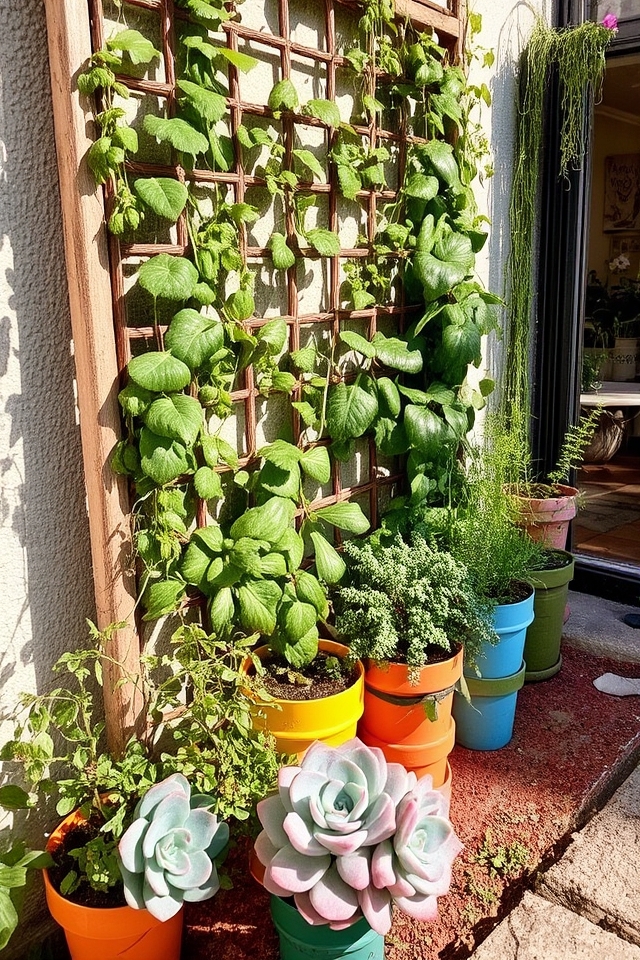
Creating a vertical garden is an excellent solution for managing clay soil challenges. By utilizing wall-mounted planters, trellises, or stacked pots, you can maximize limited space while minimizing soil issues. Select hardy plants that thrive in clay, such as herbs, succulents, or climbing vines. Vertical gardens also enhance drainage and airflow, helping prevent waterlogging, while offering an attractive focal point in your yard or balcony. It’s a sustainable way to grow fresh produce or beautify your outdoor area!
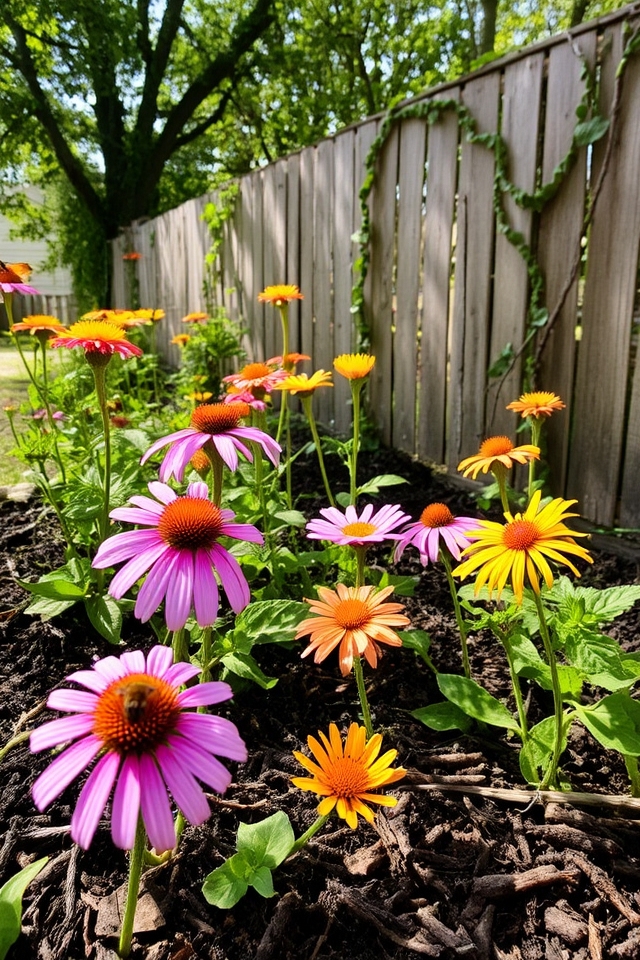
Including pollinator gardens in your clay soil landscape can greatly enhance biodiversity while providing essential habitats for bees, butterflies, and other beneficial insects. Choose native plants that thrive in clay, such as coneflowers, milkweed, and asters. These plants not only adapt well to the soil conditions but also attract pollinators. Guarantee proper drainage by incorporating organic matter, and you’ll create a vibrant garden that supports both wildlife and your local ecosystem.
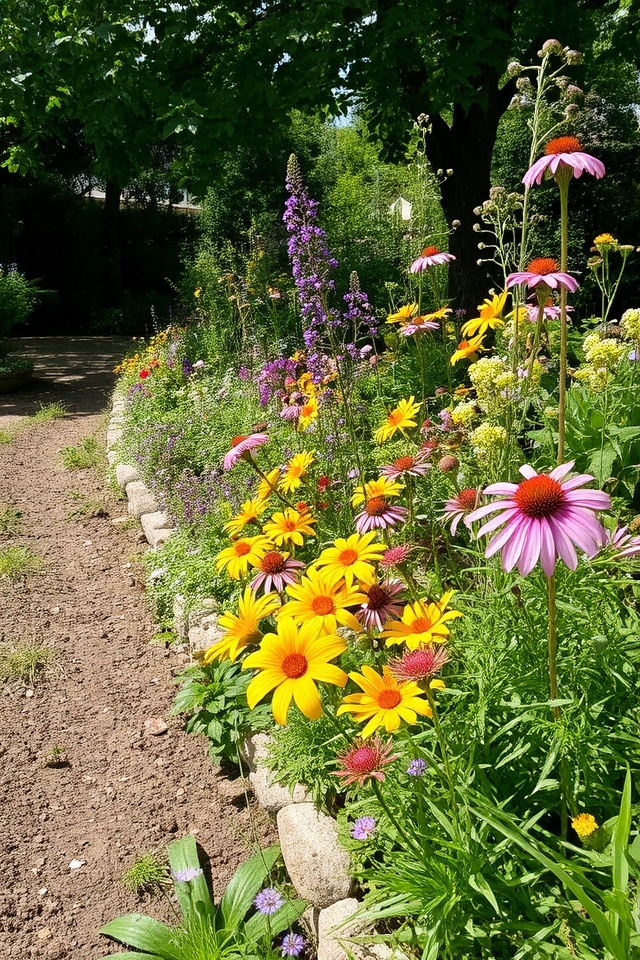
Creating a perennial border in clay soil can be a stunning way to showcase various plant species while improving the soil’s texture over time. Choose perennial plants that are well-suited for clay, such as daylilies, coneflowers, and asters. To enhance drainage and aeration, amend the soil with organic matter like compost or well-rotted manure before planting. This border not only provides a vibrant display throughout the seasons but also fosters a healthier garden ecosystem.
So, there you have it—your clay soil doesn’t stand a chance against your newfound gardening prowess! Forget about dreaming of a lush oasis; with these tips, you’re crafting a vibrant Eden right in your backyard. Picture it: a vertical garden thriving while your neighbors take notes, wondering if you’ve struck a deal with Mother Nature herself. Don’t just garden—make your clay soil the envy of the neighborhood, and soon, every worm will be clamoring for an invite!
